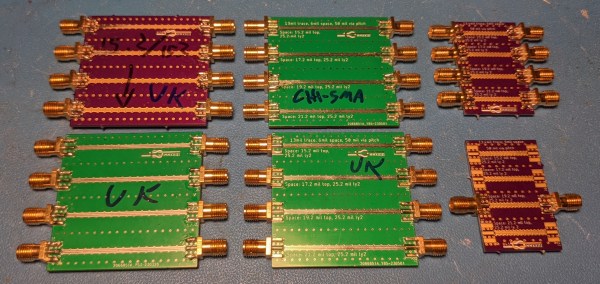Things may not have gone as planned last week for the flying cellphone on Mars, but just because Ingenuity‘s flying career is over doesn’t mean there’s no more work to do. NASA announced this week that it’s going to try a series of “wiggle” maneuvers on Ingenuity‘s rotors, in an attempt to get a better look at the damage to the blade tips and possibly get some clues as to what went wrong. The conjecture at the moment seems to be that a large area of relatively featureless terrain confused the navigation system, which uses down-facing cameras to track terrain features. If the navigation program couldn’t get a bead on exactly how far above the ground it was, it’s possible the copter came in too hard and caused the rotor tips to dig into the regolith. There seems to be some photographic suggestion of that, with what looks like divots in the ground about where you’d expect the rotor tips to dig in, and even scraps of material that look out of place and seem to be about the same color as the rotor blades. All this remains to be seen, of course, and we’re sure that NASA and JPL are poring over all available data to piece together what happened. As much as we hate to say goodbye to Ingenuity, we eagerly await the post-mortem.
stack up2 Articles
SMA Connector Footprint Design For Open Source RF Projects
When you first start out in the PCB layout game and know just enough to be dangerous, you simply plop down a connector, run a trace or two, and call it a hack. As you learn more about the finer points of inconveniencing electrons, dipping toes into the waters of higher performance, little details like via size, count, ground plane cutouts, and all that jazz start to matter, and it’s very easy to get yourself in quite a pickle trying to decide what is needed to just exceed the specifications (or worse, how to make it ‘the best.’) Connector terminations are one of those things that get overlooked until the MHz become GHz. Luckily for us, [Rob Ruark] is on hand to give us a leg-up on how to get decent performance from edge-launch SMA connections for RF applications. These principles should also hold up for high-speed digital connections, so it’s not just an analog game.
Continue reading “SMA Connector Footprint Design For Open Source RF Projects”












